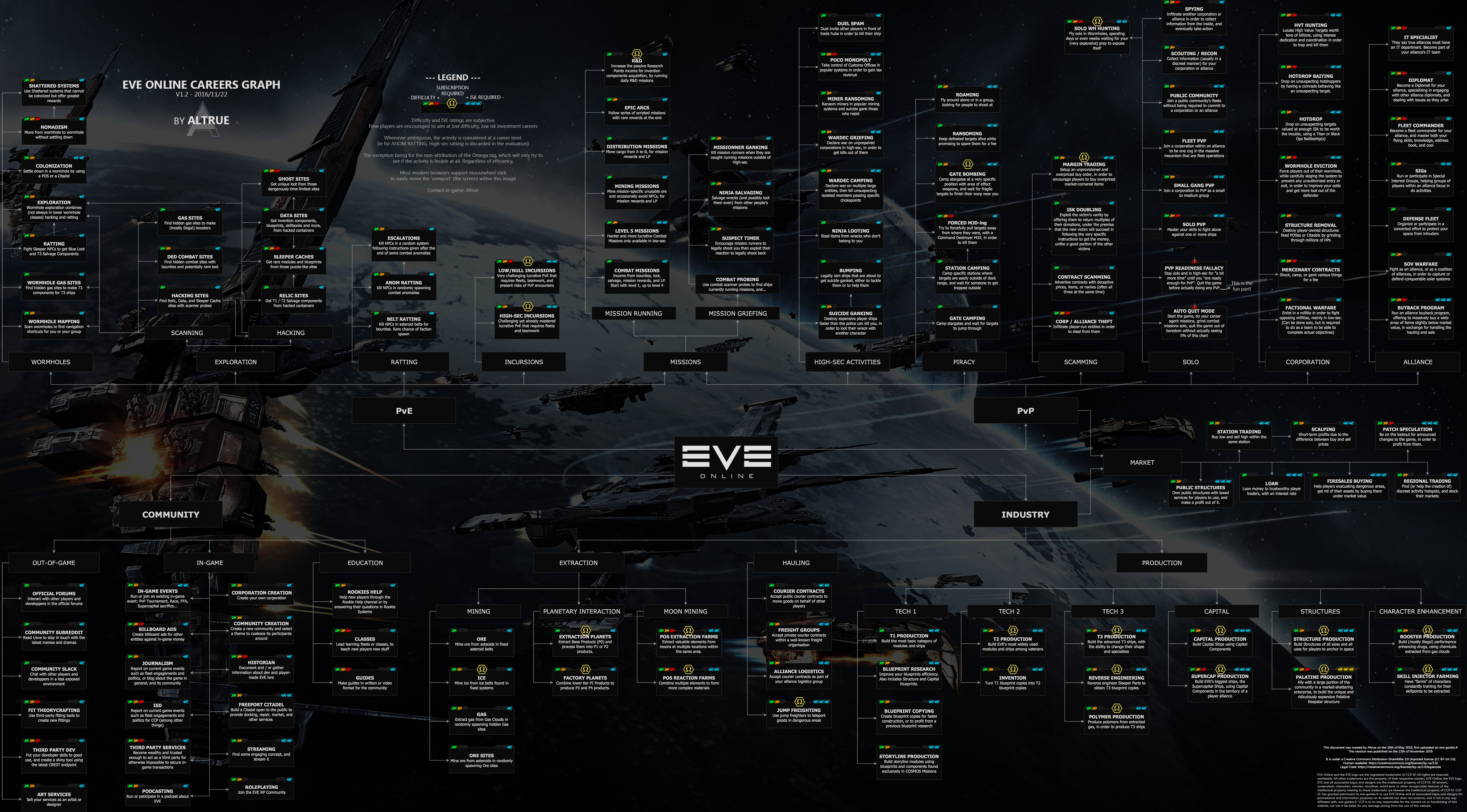

It does not auto-repeat, but it will auto-reload if emptied and additional probes are available in the cargohold. Once in range and aligned, cycle the Survey Probe Launcher to launch a probe. This means you must physically align your ship to the moon, as the probe is launched in a straight line along your path of travel. Survey Probes must be launched directly at the target moon, from within 100,000km of it. Only one survey probe launcher of either variant can be fitted to a ship at a time. Unlike the probes themselves, there is a T2 variant of the launcher, which grants a 10% reduction to the probe's scan time. This allows it to be used on a wide variety of hulls. The Survey Probe Launcher fits in a high slot, but does not require a turret or launcher hardpoint. There is no T2 Survey probe, although the Gaze Survey Probe is restricted to Omega-only. The data returned by each type of probe will always be the same, so the primary considerations are how many a ship can carry (if probing a system with lots of moons, or many systems) and how long it takes to get the results. They differ in skill requirement, size, and the "maximum flight time" which is the measure used for how long it will take to return data. The probe is still consumed when this happens. If the ship is not facing the moon when a survey probe is launched, the probe may 'miss' the moon and return no results. Second, the ship must be pointed directly at the target moon when the probe is launched. First, Survey probes are consumed when they are launched, and cannot be recalled to the ship. Moon scanning is different than probe scanning from exploration, in two critical ways. An example of a moon scan result is shown below. Moon scans return details on the average output of a moon, and allow would-be moon miners to understand what the value of the moon might be so that the best available moon can be selected. Moons may be scanned with survey probes along with a survey probe launcher. Note: This section uses images and scan results taken prior to the moon mineral distribution changes in March 2020, which removed regular ores from moons.


 0 kommentar(er)
0 kommentar(er)
